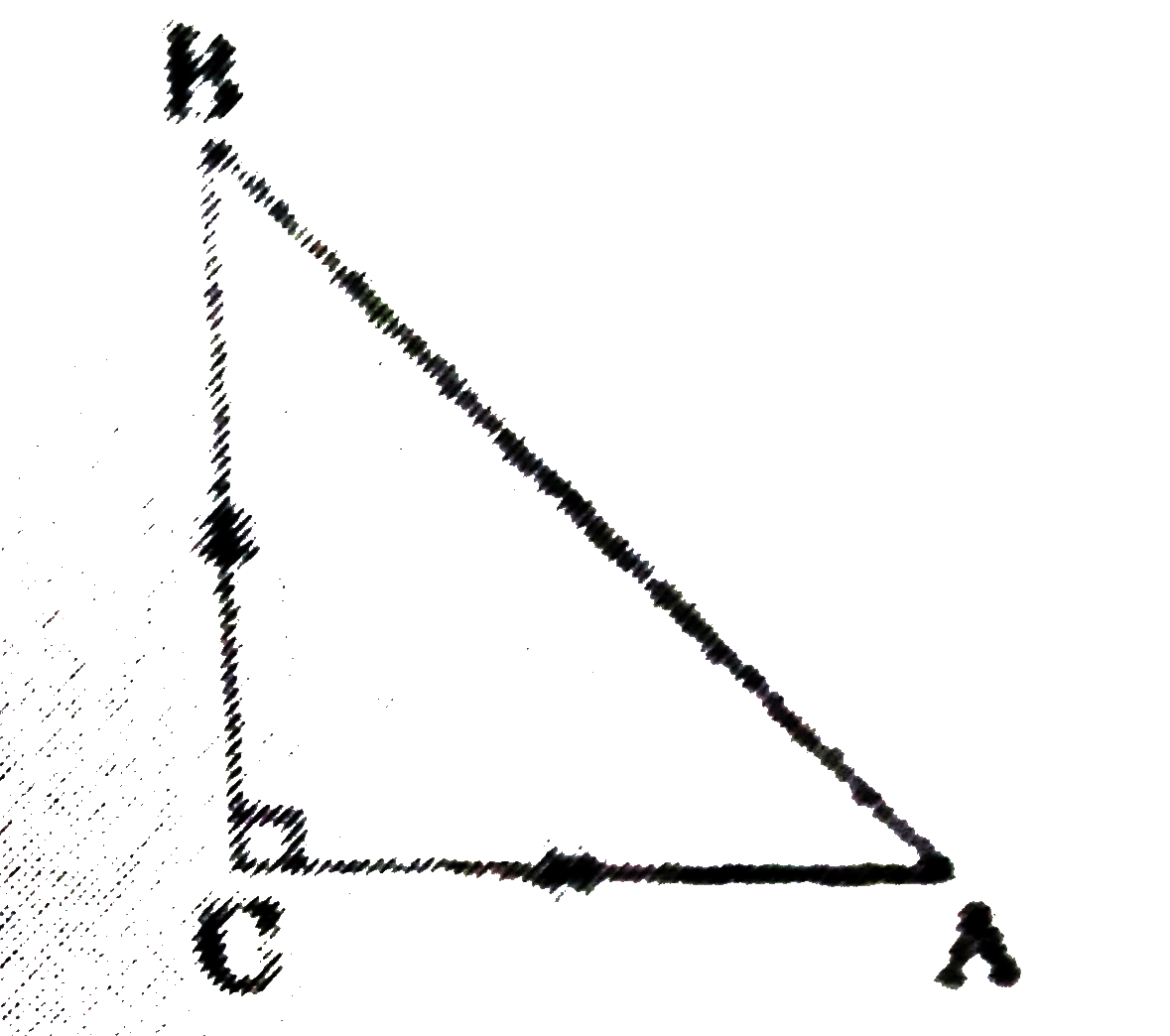Determine the type (isosceles, right-angled, right-angled isosceles, equilateral, scalene) of the triangles whose vertices are: (0,2),(7,0),(2,5)
To determine the type of triangle formed by the vertices A(0,2), B(7,0), and C(2,5), we will follow these steps:
Step 1: Calculate the lengths of the sides of the triangle
We will use the distance formula to find the lengths of the sides AB, BC, and AC. The distance formula between two points (x1,y1) and (x2,y2) is given by:
d=√(x2−x1)2+(y2−y1)2
Calculate AB:
- A(0,2) and B(7,0)
AB=√(7−0)2+(0−2)2=√72+(−2)2=√49+4=√53
Calculate BC:
- B(7,0) and C(2,5)
BC=√(2−7)2+(5−0)2=√(−5)2+52=√25+25=√50=5√2
Calculate AC:
- A(0,2) and C(2,5)
AC=√(2−0)2+(5−2)2=√22+32=√4+9=√13
Step 2: Determine the type of triangle based on side lengths
Now we have the lengths of the sides:
- AB=√53
- BC=5√2
- AC=√13
Next, we check if any two sides are equal:
- AB≠BC
- AB≠AC
- BC≠AC
Since all three sides are different, the triangle cannot be equilateral or isosceles.
Step 3: Check if the triangle is right-angled
To determine if the triangle is right-angled, we can use the slopes of the sides. The slopes of the lines can be calculated using the formula:
slope=y2−y1x2−x1
Calculate the slopes:
1. Slope of AB:
slope of AB=0−27−0=−27
2. Slope of BC:
slope of BC=5−02−7=5−5=−1
3. Slope of AC:
slope of AC=5−22−0=32
Step 4: Check for perpendicularity
Two lines are perpendicular if the product of their slopes is -1.
- Check AB and BC:
(−27)⋅(−1)=27(not -1)
- Check BC and AC:
(−1)⋅(32)=−32(not -1)
- Check AB and AC:
(−27)⋅(32)=−37(not -1)
Since no two slopes multiply to -1, the triangle is not right-angled.
Conclusion
Since all sides are different and the triangle is not right-angled, we conclude that the triangle is a scalene triangle.
---
- A(0,2) and B(7,0)
AB=√(7−0)2+(0−2)2=√72+(−2)2=√49+4=√53
- B(7,0) and C(2,5)
BC=√(2−7)2+(5−0)2=√(−5)2+52=√25+25=√50=5√2
- A(0,2) and C(2,5)
AC=√(2−0)2+(5−2)2=√22+32=√4+9=√13
- AB=√53
- BC=5√2
- AC=√13
- AB≠BC
- AB≠AC
- BC≠AC
slope of AB=0−27−0=−27
slope of BC=5−02−7=5−5=−1
slope of AC=5−22−0=32
(−27)⋅(−1)=27(not -1)
(−1)⋅(32)=−32(not -1)
(−27)⋅(32)=−37(not -1)
Similar Questions
Determine the type (isosceles, right-angled, right-angled isosceles, equilateral, scalene) of the triangles whose vertices are: (4,4),(3,5),(−1,−1)
View SolutionDetermine the type (isosceles, right-angled, right-angled isosceles, equilateral, scalence) of the triangles whose vertices are: (−2,5),(7,10),(3,−4)
View SolutionDetermine the type (isosceles, right-angled, right-angled isosceles, equilateral, scalence) of the triangles whose vertices are: (0,6),(−5,3),(3,1)
View SolutionDetermine the type (isosceles, right-angled, right-angled isosceles, equilateral, scalence) of the triangles whose vertices are: (1,2√3),(3,0),(−1,0)
View SolutionDetermine the type (isosceles, right-angled, right-angled isosceles, equilateral, scalence) of the triangles whose vertices are: (1,1),(−√3,√3),(−1,−1)
View SolutionDetermine the measure of each of the equal angles of a right-angled isosceles triangle.
View SolutionIn a right-angled isosceles triangle, the ratio of the circumradius and inradius is
View SolutionIn a right - angled isosceles triangle , the ratio of the circumradius and inradius is
View SolutionIn figure ABC is an isosceles triangle , right angled at C . Therefore

View SolutionThe complex numbers z1=1+2i,z2=4−2iandz3=1−6i form the vertices of a (A) a right angled triangle (B) isosceles triangle (C) equilateral triangle (D) triangle whose one of the sides is of length 8
View Solution
